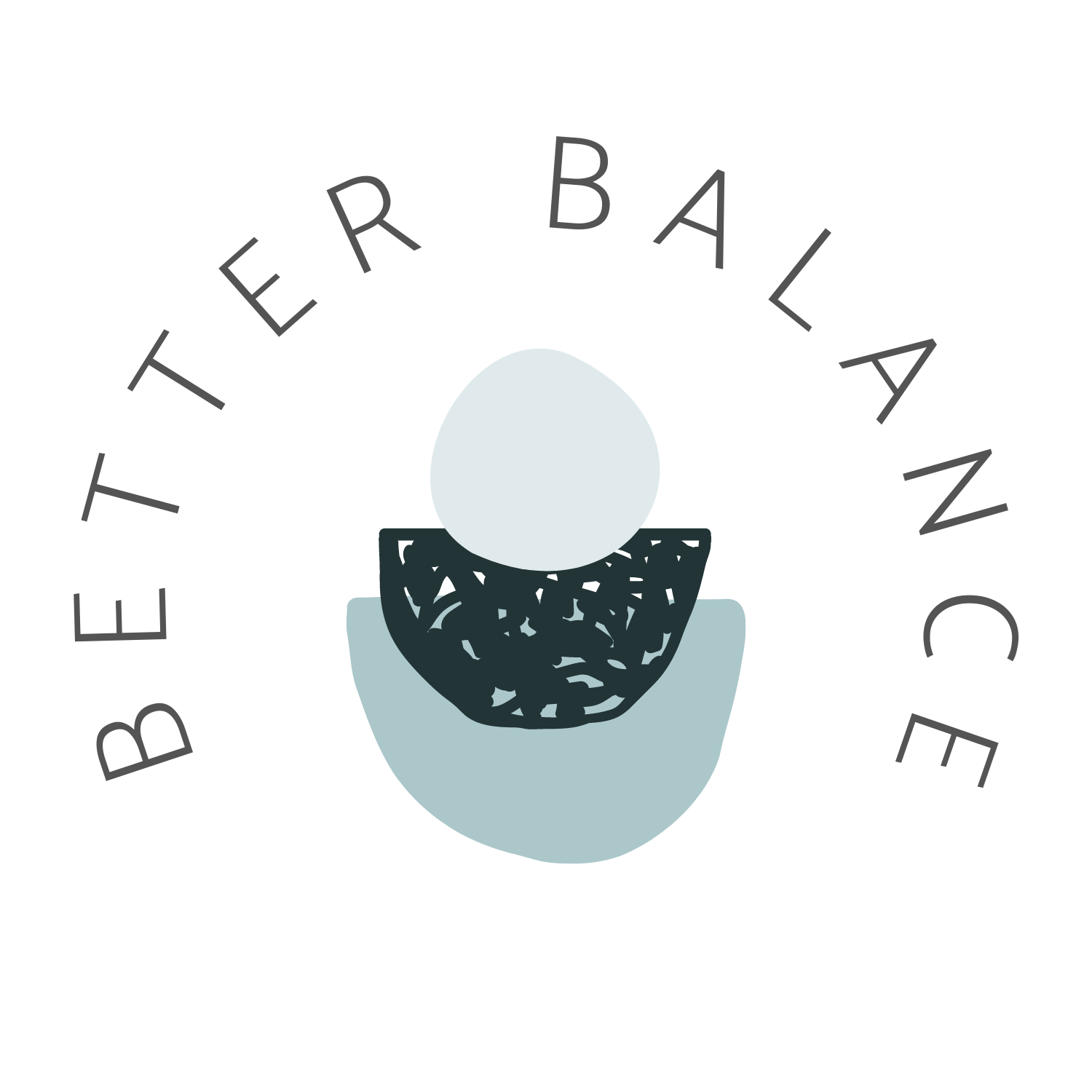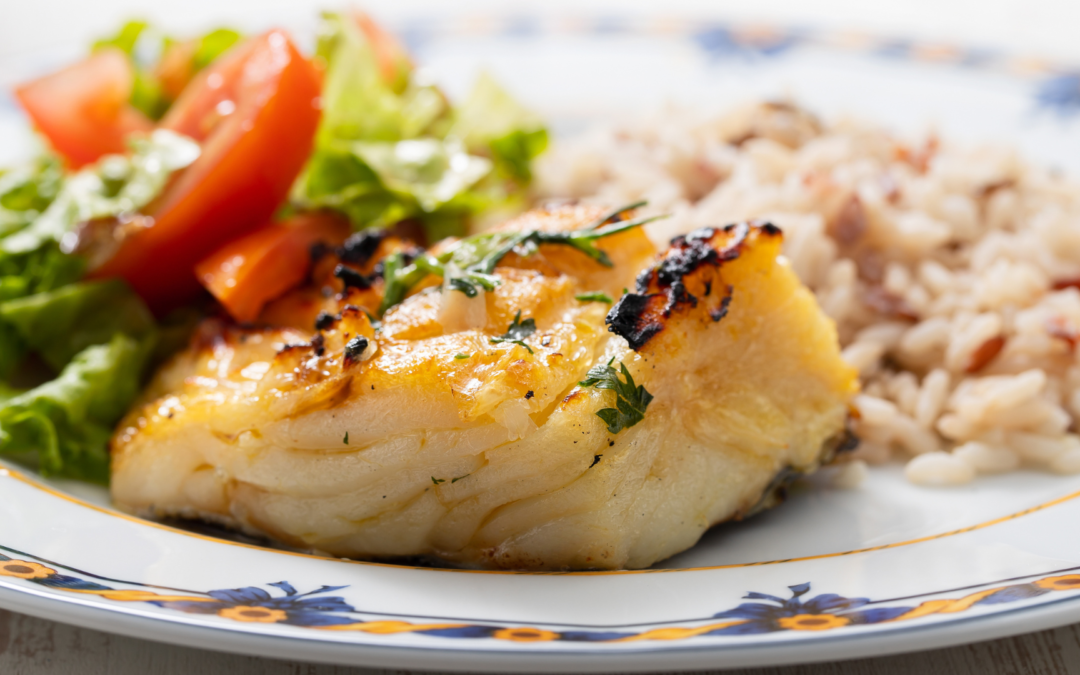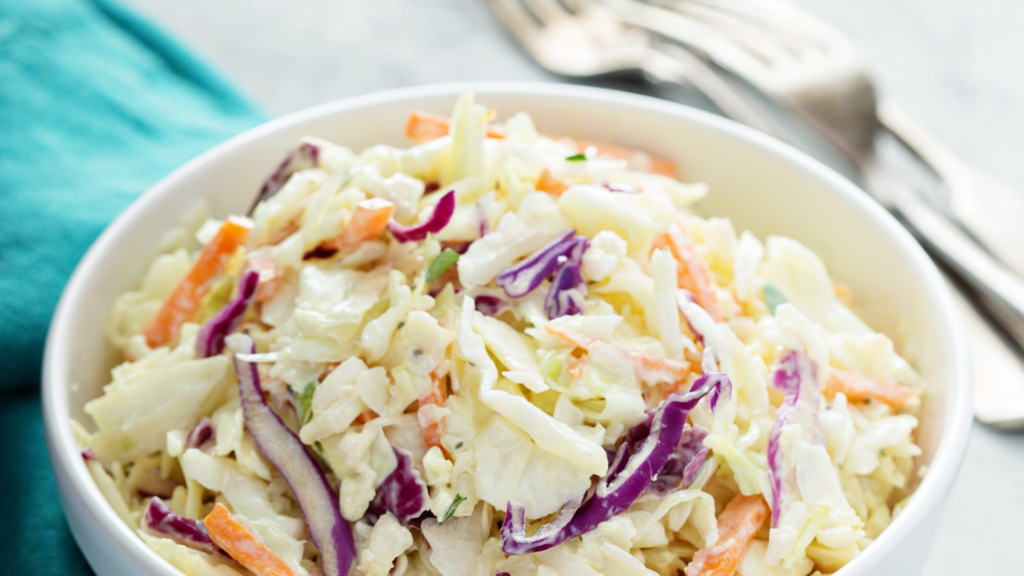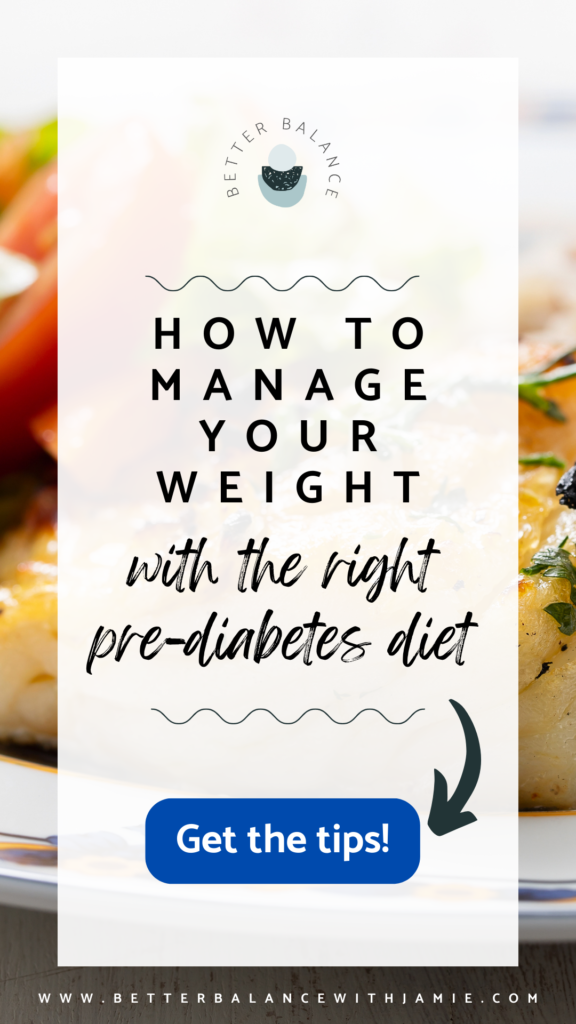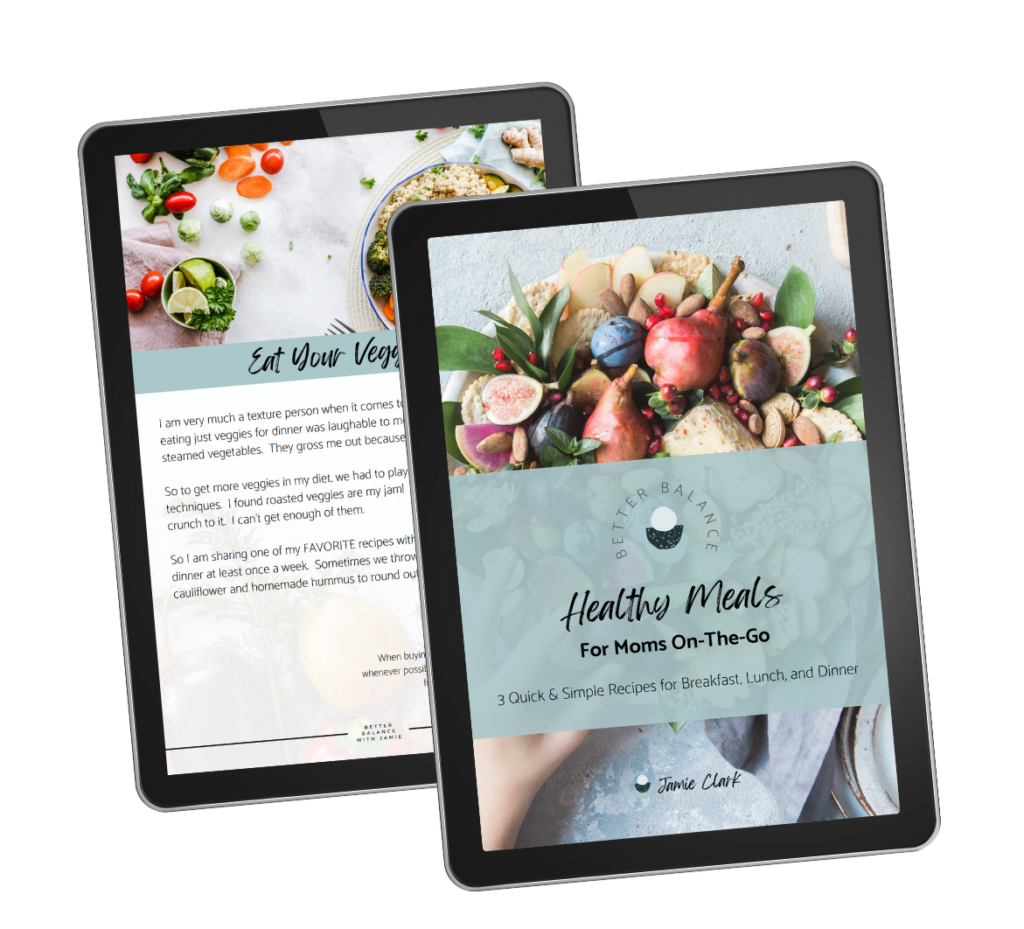Are you pre-diabetic or looking to prevent pre-diabetes? Then this blog post is for you! Learn how to manage your weight with pre-diabetes diet recipes that are delicious and nutritious. Get the knowledge you need and take control of your health today.
What is pre-diabetes?
Pre-diabetes is a condition that can lead to type 2 diabetes if action is not taken to prevent the development of the more serious illness. It occurs when blood sugar levels are higher than normal but not yet at the level needed for a diagnosis of diabetes.
Insulin is a hormone released by the pancreas in response to glucose. When your body is using insulin properly, the process looks like this:
Eat a meal > Blood Sugar (glucose) rises > Pancreas releases insulin > Insulin unlocks cells in the body > Glucose enters the cells> Blood sugar lowers
A person with insulin resistance (pre-diabetic) works like this:
Eat a meal > Blood Sugar (glucose) rises > Pancreas releases insulin > The cells resist the action (they don’t unlock)> Glucose stays in the bloodstream> Blood sugar stays high
Pre-diabetes puts individuals at a greater risk for stroke, heart disease, and other medical conditions. The good news is that there are steps you can take to help lower your risk of developing type 2 diabetes. Eating healthy foods and participating in regular physical activity can make a huge difference in minimizing the danger of pre-diabetes becoming more serious.
The Pre-Diabetes Diet vs. a Regular Healthy Eating Plan – what’s the difference?
Pre-diabetes is when your body slowly becomes insulin resistant. Insulin resistance is when your body produces insulin, but the biggest difference is learning how to pair foods to prevent a large spike in glucose.
For instance, you would eat fruit with peanut butter or cheese. Eating fruit alone, which has (fructose), would cause your blood sugar to spike. However, if we pair it was almond or peanut butter, the protein and fat from the nut butter would keep your blood sugar from spiking (rising really quickly). So there isn’t too much difference in what you eat in a pre-diabetes diet vs. regular healthy eating.
Following a pre-diabetes diet helps to stabilize blood sugar levels, reduce inflammation, and improve overall health. This diet is also high in fiber, which helps you feel fuller for longer, and is low in sugar and processed foods.
It is all about balancing your blood sugar with the right food.
Each meal should contain the following:
- Healthy fat
- Fiber
- Greens
- Healthy protein
How long do I need to be on a pre-diabetes diet before noticing results?
Regarding pre-diabetes diets, the results you will see depend on how consistent you are in following a regimen that balances blood sugars. The good news is that changes start to become noticeable within two days of eliminating all processed sugar from your diet and focusing on eating meals that help to maintain balanced blood sugars.
Furthermore, if you track your glucose levels throughout this time, you can actually witness the effect of these balanced meals immediately. However, for long-term development and achievement of meaningful goals, it is recommended that you follow this dietary routine for at least 90 days before you should expect to see any real progress reflected in your A1C levels, provided there are no additional health issues impacting your progress, such as thyroid conditions or hormonal birth control, etc.
Schedule your free consultation today and start feeling better tomorrow. CLICK HERE to Book a Call
What recipes are recommended for the pre-diabetes diet?
If you’re looking for a delicious and easy-to-prepare pre-diabetes-friendly dish, look no further. Try this lemon butter cod with a light and refreshing slaw. The simple yet flavorful meal will satisfy your taste buds and won’t impact your blood sugar levels too much. With just a few ingredients and some thoughtful cooking, you can create a budget-friendly, delectable dinner that everyone at home can enjoy.
Lemon Butter Cod Dish with slaw
- 6 (4-oz) skinless wild cod filets
- 1 teaspoon of pink Himalayan salt
- 4 tablespoons of butter
- 2 teaspoons of lime zest (2 small limes worth)
- 1 bag of shredded red and green cabbage with shredded carrots
- 1 tablespoon of freshly squeezed lime (1 small lime)
- 1 tablespoon of extra virgin olive oil
- 1/2 teaspoon of ground black pepper
- 2 tablespoons of cilantro
Cooking Instructions
Sprinkle the cod with salt. We make two batches of 3 filets. We use 2 tablespoons of butter in a large skillet over medium-high heat. Melt the butter and 1 teaspoon of the lime zest. Lay the cod filets in the pan and fry until golden brown, 3 to 4 minutes on each side. Use the other half of the butter and lime zest for the other 3 filets.
Slaw Instructions
1. In a small bowl, mix the lime juice, olive oil, 1/4 of salt, and pepper.
2. In a medium bowl, empty the bag of the slaw mix and then pour the contents of the small bowl over the slaw and mix.
3. Refrigerate. *I usually make the slaw in the morning or the night before, so it has time to chill.
4. Plate the cod on the slaw and sprinkle with cilantro.
Eating healthy when living with pre-diabetes doesn’t have to be complicated. With creativity, you can create delicious and diabetes-friendly meals from the comfort of your own kitchen.
Start the day off right with a breakfast of creamy oatmeal, topped off with chopped nuts and fresh fruit for added flavor and nutrition. For dinner, try baking or roasting fish, such as salmon filets, paired with colorful vegetables for a tasty and healthy meal that won’t spike your blood sugar. Low-sugar fruits such as apples and berries and whole grain toast with natural nut butter make great snacks easy to grab on the go. Eating healthy is conveniently within reach!
Learn more about healthy eating.
How to get started on a pre-diabetes nutrition plan
Eating a balanced and healthy diet is the best way to keep pre-diabetes at bay. Start by increasing your fiber intake, including foods like beans, oats, whole-grain pasta, and cereal. Aim to reduce processed food intake as much as possible and opt for lean proteins. Eating plenty of colorful fruits and vegetables is also essential, as they are low in calories and full of vitamins, minerals, and antioxidants that can help regulate blood sugar levels.
Additionally, limiting added sugars and reducing sodium intake can help you stay on top of your health goals. Finally, drink plenty of water throughout the day for maximum hydration. Keeping these tips in mind will ensure you are off to a great start on your path toward healthy living.
Working with a nutrition coach like myself is an excellent way to ensure you are establishing the best pre-diabetes diet for your changing body and lifestyle. I can provide information and tips on incorporating fresh, low-glycemic foods into your everyday routine and offer guidance on realistic behavioral changes that support healthy meal choices. I can also educate you about food labels, helping you distinguish between healthy and unhealthy ingredients.
Furthermore, understanding the glycemic load of different foods is essential when managing diabetes or pre-diabetes; I can provide helpful lists of good and bad carbs so that you will know exactly how various food items affect your blood sugar levels. These practical tools, combined with advice, including tailored coaching, regular follow-ups, nutritional counseling, and a personalized eating plan, are key to getting your body balanced.
Find meal planning tips to help you eat healthy.
Conclusion: Finding balance, restoring health
Pre-diabetes can be managed with the right pre-diabetes diet and lifestyle changes. Eating the right foods, exercising regularly, and reducing stress can all help improve pre-diabetes symptoms. With these tips and pre-diabetes recipes, you can start to manage pre-diabetes today. Book a free health analysis call today and start feeling better tomorrow.
